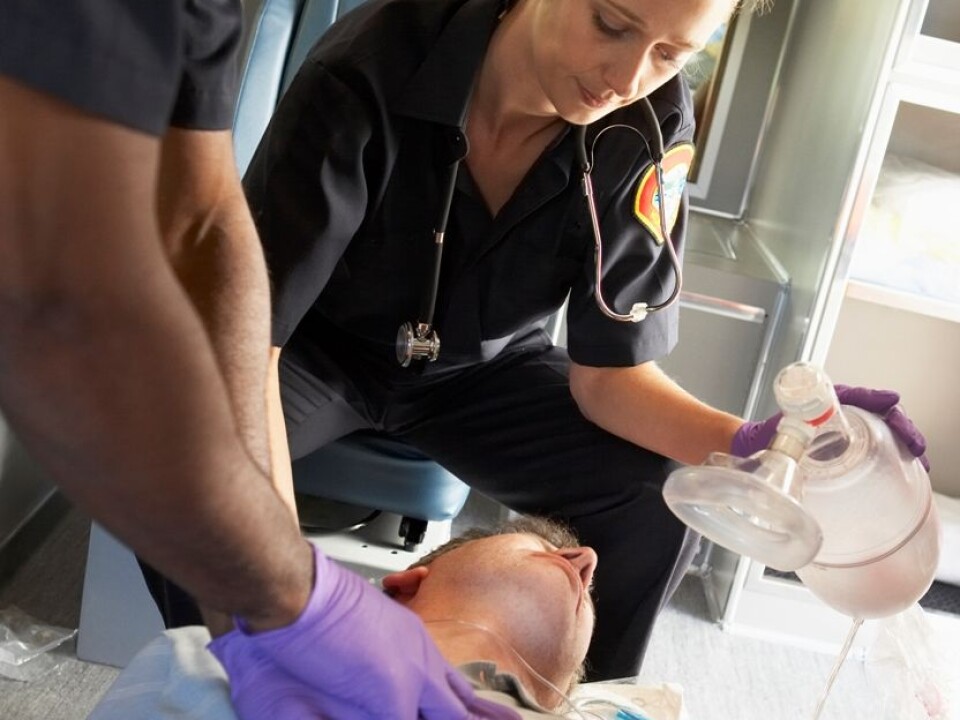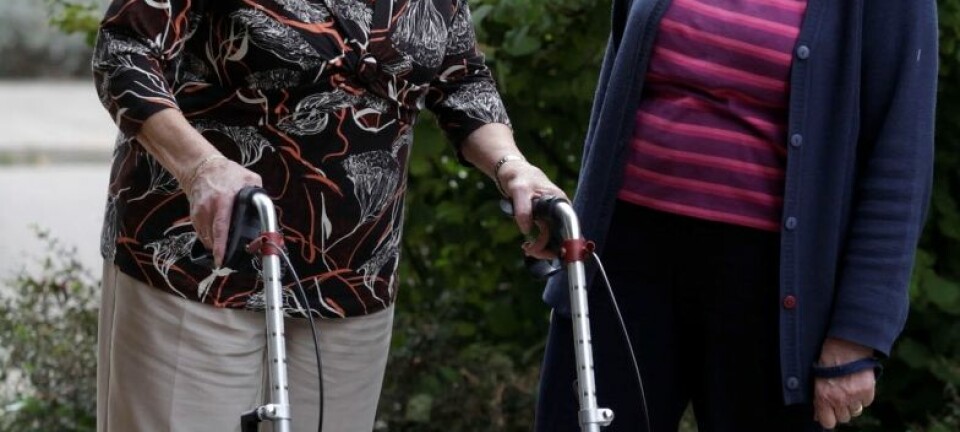
More bystander help for cardiac arrest victims in remote areas
More than twice as many people are surviving out-of-hospital cardiac arrest in Sweden today compared to 20 years ago – and life-saving CPR from bystanders is more likely in remote areas than in cities.
Approximately 5,000 people collapse each year due to cardiac arrest, according to Swedish figures.
In half of the cases the ambulance arrives in time to carry out cardiopulmonary resuscitation (CPR) – chest compressions and ‘mouth to mouth’ rescue breaths. But even in these cases, only ten percent of patients survive.
The odds might not seem good, but they are still twice as good as previously, according to a study by Anneli Strömsöe at the Sahlgrenska Academy, University of Gothenburg.
National programme for CPR
“Today over ten percent survive, compared to five per cent in the early 1990s,” says Strömsöe.

“This is probably due to the nationwide educational CPR programme, which has been targeted towards both a general audience and health professionals.”
The national programme in cardiopulmonary resuscitation was developed in the mid-1980s. Since then, almost two million of Sweden’s nine million inhabitants have been trained to perform adult CPR.
As part of her doctoral thesis Strömsöe analysed data from the CPR Training Register and the Swedish Cardiac Arrest Register (SCAR), which collects data on the incidence and outcome of out-of-hospital cardiac arrests. She found that life-saving treatments prior to ambulance arrival increased from 31 to 55 per cent between 1992 and 2007.
More common in remote areas
The study also shows that it is much more common for bystanders in remote areas to perform CPR on a person with cardiac arrest, compared to urban areas.
“It’s a surprising finding,” says Anneli Strömsöe. “We don’t know the reason, but perhaps people in remote areas are aware that emergency services can be miles away and so they need to help each other.”
In the top-ranking county of Norbotten in Northern Sweden, CPR was initiated in 80 percent of cases before the ambulance arrived. In the most densely populated counties, such as Stockholm and Skåne, the figure was 65 percent.
However, survival from cardiac arrest was not associated with population density, the report points out.
“Impressive development”
“There has been an impressive development in the preparedness for and treatment of patients suffering from out-of-hospital cardiac arrests in Sweden during the last 30 years,” Strömsöe states in her report, pointing to how improvements along the response chain have increased survival rates.
“It suggests that this figure will increase further if the delay to the start of treatment can be reduced still further,” she concludes.








